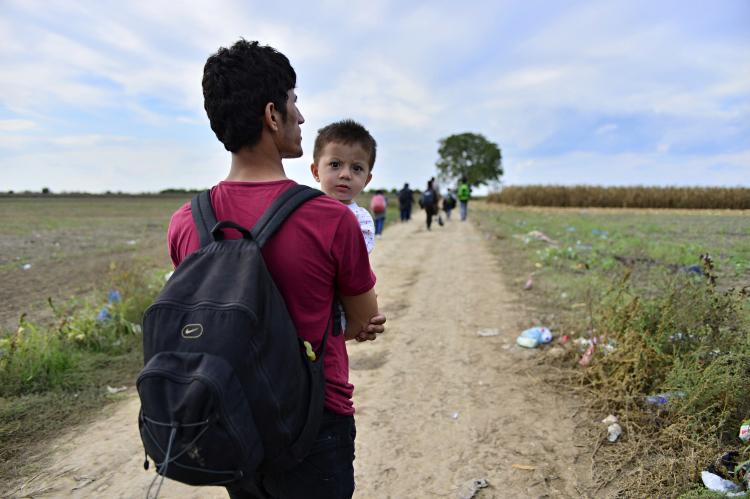
Best Comet of 2025?
C/2024 G3 (ATLAS) has already become very faintly visible to the naked eye for observers in the Southern Hemisphere.

The United Nations (UN) International Migrants Day is annually held on December 18 to recognize the efforts, contributions, and rights of migrants worldwide.

International Migrants Day recognizes the efforts, contributions and rights of migrants worldwide.
©bigstockphoto.com/radekprocyk
Each year the UN invites governments, organizations, and individuals to observe International Migrants Day by distributing information on the human rights and migrants’ fundamental freedoms. People are also invited to share their experiences and contribute to designing action plans to ensure their protection. Organizations actively involved in promoting the day include:
Many organizations and communities celebrate the day through various activities to alert the general public with facts about migrants, problems with human trafficking, the lives of migrant workers’ children, the plight of refugees, and ways to combat racism. Online organizations, such as britkid, give people the opportunity to have a virtual experience of what it is like to come from a migrant background. Lobby groups may also use this day as an opportunity to pressure local public officials to look at issues concerning legalization, immigrant enforcement, and migrants’ human rights. Special films and documentaries about migrants are also screened or broadcast on this day.
International Migrants Day is a global observance and not a public holiday.
According to a Global Commission on International Migration report in 2005, the number of international migrants increased from 75 million to about 200 million in the past 30 years and migrants could be found in every part of the world. The report also found that the migration could accelerate due to the growing developmental, demographic and democratic disparities that existed between different world regions. Moreover, migration is driven by powerful economic, social and political forces that governments need to acknowledge as a reality.
On December 4, 2000, the UN General Assembly, taking into account the large and increasing number of migrants in the world, proclaimed December 18 as International Migrants. On that day, a decade earlier, the assembly adopted the International Convention on the Protection of the Rights of All Migrant Workers and Members of Their Families. Earlier celebrations of the day can be traced as far back as 1997 when some Asian migrant organizations marked December 18 as the day to recognize the rights, protection, and respect for migrants.
The UN emblem may be found in material promoting International Migrants Day. The emblem consists of a projection of the globe centered on the North Pole. It depicts all continents except Antarctica and four concentric circles representing degrees of latitude. The projection is surrounded by images of olive branches, representing peace. The emblem is often blue, although it is printed in white on a blue background on the UN flag.
| Year | Weekday | Date | Name | Holiday Type |
|---|---|---|---|---|
| 2020 | 金曜日 | 12月18日 (金) | International Migrants Day | United Nations Observance |
| 2021 | 土曜日 | 12月18日 (土) | International Migrants Day | United Nations Observance |
| 2022 | 日曜日 | 12月18日 (日) | International Migrants Day | United Nations Observance |
| 2023 | 月曜日 | 12月18日 (月) | International Migrants Day | United Nations Observance |
| 2024 | 水曜日 | 12月18日 (水) | International Migrants Day | United Nations Observance |
| 2025 | 木曜日 | 12月18日 (木) | International Migrants Day | United Nations Observance |
| 2026 | 金曜日 | 12月18日 (金) | International Migrants Day | United Nations Observance |
| 2027 | 土曜日 | 12月18日 (土) | International Migrants Day | United Nations Observance |
| 2028 | 月曜日 | 12月18日 (月) | International Migrants Day | United Nations Observance |
| 2029 | 火曜日 | 12月18日 (火) | International Migrants Day | United Nations Observance |
| 2030 | 水曜日 | 12月18日 (水) | International Migrants Day | United Nations Observance |
While we diligently research and update our holiday dates, some of the information in the table above may be preliminary. If you find an error, please let us know.

C/2024 G3 (ATLAS) has already become very faintly visible to the naked eye for observers in the Southern Hemisphere.

How does the 12-hour clock system work? Is midnight 12 am or 12 pm?

Why do many countries set the clocks back and forth an hour twice a year?

Why are there 12 months? How long are they, and what do the month names mean?